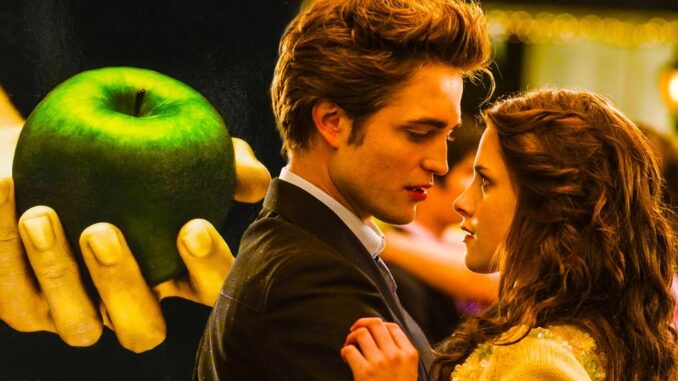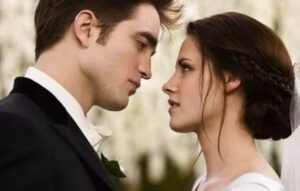
Director Catherine Hardwicke’s Twilight was rewritten as Life & Death in 2015, but what details did this gender-flipped version of the story change?
The gender-flipped rewrite of Twilight, 2015’s Life & Death, stays relatively close to the original 2008 movie’s action, so what are the details that the Stephenie Meyer book does change, and why? Released in 2008, Lords of Dogtown director Catherine Hardwicke’s Twilight was the first in a series of phenomenally (financially) successful adaptations of bestselling author Stephenie Meyer’s paranormal teen romance saga of the same name.
Although the Twilight movie adaptations were consistently popular with fans of the series, the films struggled to find success with critics. The original film received relatively solid reviews, with many critics poking fun at the melodramatic premise but conceding that the target audience of teens and preteens will find a lot to like in the movie. 2009’s sequel New Moon, though, was panned, and although 2010’s second sequel Eclipse was the most underrated Twilight movie, by the time 30 Days of Night director David Slade got his hands on the series, most critics had made up their minds for good ( or bad, as it were).
Despite this critical failure, Twilight remains a successful franchise through its two final outings, Breaking Dawn Part One and Part Two, and was well-liked enough to earn a gender-flipped retelling upon the tenth anniversary of the series. Released in 2015, Twilight: Life & Death was an attempt to revisit the story of the original novel (and subsequent movie adaptation) and remained largely true to the original story. But how did this gender-inverted retelling differ from Hardwicke’s hit?
Twilight: Life & Death Explained

Released as part of a celebration of Twilight’s tenth anniversary, Twilight: Life & Death is a gender-flipped retelling of the original Twilight movie adaptation. A few of the story’s details are changed, but the majority of the plot remains the same with the biggest complaint from reviewers being that much of the novel was essentially “copied and pasted” from the first book in the series. Nevertheless, for fans of Meyer’s work, Life & Death was an interesting interrogation of the role that gender plays in the relationship between Edward and Bella, and the novel does switch up the story in a handful of important places.
Bella Swan Becomes Beau
And Edward becomes Edythe, per the premise of the “gender-flipped reimagining” gimmick. This reversal is the biggest change that Life & Death makes to the original Twilight, but making a quick buck off a retelling was not the only impetus driving this particular approach. The gender switch is one that author Stephenie Meyer made when challenged about Bella’s passivity in the original movie, with the writer arguing that gender norms were not the culprit of the character’s apparent inaction. According to Meyer, Bella was helpless in the original Twilight not because she was a woman or a girl, but because she was a human among supernatural beings, something that the retelling Life & Death strengthens by frequently making its male hero helpless in a milieu filled with vampires.
Besides, the story of the original Twilight saga already had proven Meyers’ point about Bella’s inaction owing to her human status in the final novel, wherein Bella becomes a vampire and immediately is a more proactive figure in the story. Meanwhile, the dark backstory of Rosalie Cullen proves that Meyers’ female characters are far from inactive, meaning that, while the saga at large hardly has the most progressive view of gender roles, Twilight is not short on female action heroes even before the events of Life & Death. The retelling, however, does allow a female protagonist to woo her human love interest, something that the original Twilight series didn’t have, as Kristen Stewart’s indecisive heroine was the lone human in the infamous Bella/Edward/Jacob love triangle.
Bella Becomes A Vampire Later
In the canon of Twilight, Bella becomes a vampire halfway through the action of the final two-part movie Breaking Dawn, with her transformation being the bridge between outings. The birth of her vampire-human hybrid daughter Renesmee risks her life at the close of Breaking Dawn Part One, leading to an infamously gruesome birthing scene that is immediately followed by Edward turning his love interest so she can survive the literally back-breaking ordeal. However, the order of these events is completely changed in Life & Death, where the transformation occurs at the end of the first movie’s action (or the retelling’s equivalent, to be exact). In Life & Death, Beau’s climactic encounter with villainous vampire Joss sees him injured so badly that he must choose between vampirism and death, and he is turned by Edythe as a result.
